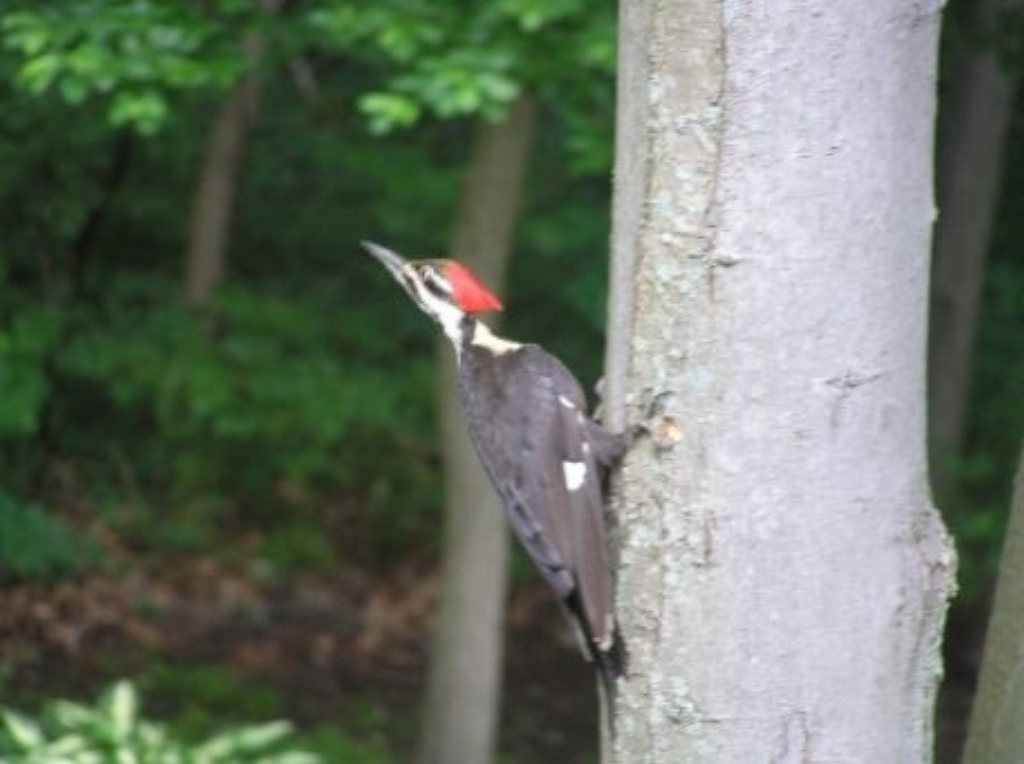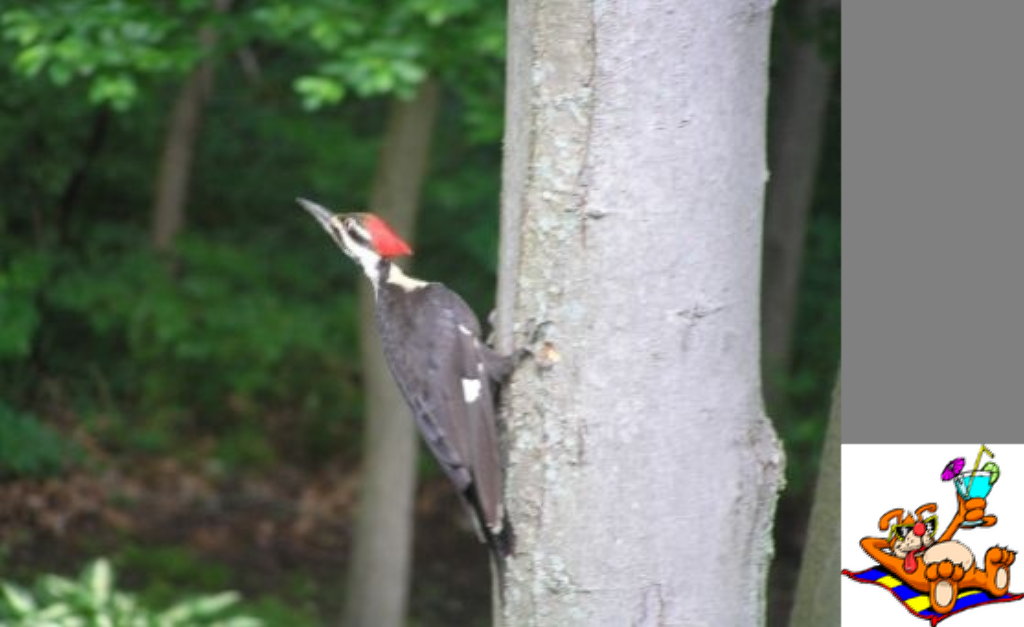pyvista.ImageDataFilters.concatenate#
- ImageDataFilters.concatenate(
- images: ImageData | Sequence[ImageData],
- axis: _AxisOptions | None = None,
- *,
- mode: _ConcatenateModeOptions | None = None,
- dtype_policy: _ConcatenateDTypePolicyOptions | None = None,
- component_policy: _ConcatenateComponentPolicyOptions | None = None,
- background_value: float | VectorLike[float] = 0.0,
- resample_kwargs: dict[str, Any] | None = None,
Combine multiple images into one.
This filter uses vtkImageAppend to combine multiple images. By default, images are concatenated along the specified
axis, and all images must have:identical dimensions except along the specified
axis,the same scalar dtype, and
the same number of scalar components.
Use
modefor cases with mismatched dimensions,dtype_policyfor cases with mismatched dtypes, and/orcomponent_policyfor cases with mismatched scalar components.The output has the same
originandspacingas the first input. The origin and spacing of all other inputs are ignored.Added in version 0.47.
- Parameters:
- images
ImageData|Sequence[ImageData] The input image(s) to concatenate. The default active scalars are used for all images.
- axis
int|str, default: ‘x’ Axis along which the images are concatenated:
0or'x': x-axis1or'y': y-axis2or'z': z-axis
- mode
str, default: ‘strict’ Concatenation mode to use. This determines how images are placed in the output. All modes operate along the specified
axisexcept for'preserve-extents'. Specify one of:'strict': all images must have identical dimensions except along the specifiedaxis.'resample-off-axis':resample()off-axis dimensions of concatenated images to match the input. The on-axis dimension is not resampled.'resample-match':resample()all dimensions of concatenated images to match the input dimensions exactly. This is similar to'resample-off-axis', except the on-axis dimension is also resampled.'resample-proportional':resample()concatenated images proportionally to preserve their aspect ratio(s).'crop-off-axis':crop()off-axis dimensions of concatenated images to match the input. The on-axis dimension is not cropped.'crop-match': Usecrop()to center-crop concatenated images such that their dimensions match the input dimensions exactly. This is similar to'crop-off-axis', except the on-axis dimension is also cropped.'preserve-extents': the extents of all images are preserved and used to place the images in the output. The whole extent of the output is the union of the input whole extents. The origin and spacing is taken from the first input.axisis not used by this mode.
Note
Images may be padded with
background_valuein some cases when there are mismatched dimensions.- dtype_policy‘strict’ | ‘promote’ | ‘match’, default: ‘strict’
'strict': Do not cast any scalar array dtypes. All images being concatenated must have the same dtype, else aTypeErroris raised.'promote': Usenumpy.result_type()to compute the dtype of the output image scalars. This option safely casts all input arrays to a common dtype before concatenating.'match': Cast all array dtypes to match the input’s dtype. This casting is unsafe as it may downcast values and lose precision.
- component_policy‘strict’ | ‘promote_rgba’, default: ‘strict’
'strict': Do not modify the number of components of any scalars. All images being concatenated must have the same number of components, else aValueErroris raised.'promote_rgba': Increase the number of components if necessary. Grayscale scalars with one component may be promoted to RGB scalars by duplicating values, and RGB scalars may be promoted to RGBA scalars by including an opacity component. For integer dtypes, the opacity is set to the max int representable by the dtype; for floats it is set to1.0.
- background_value
float|VectorLike[float], default: 0 Value or multi-component vector to use as background. The output may be padded with this value for some
modeswhen there are mismatched dimensions.- resample_kwargs
dict,optional Keyword arguments passed to
resample()when using'resample-off-axis'or'resample-proportional'modes. Specifyinterpolation,border_modeoranti_aliasingoptions.
- images
- Returns:
ImageDataThe concatenated image.
Examples
Load a 2D image:
download_beach().>>> import pyvista as pv >>> from pyvista import examples >>> beach = examples.download_beach()
Use
select_values()to make a second version with white values converted to black to distinguish it from the original.>>> white = [255, 255, 255] >>> black = [0, 0, 0] >>> beach_black = beach.select_values(white, fill_value=black, invert=True)
Concatenate them along the x-axis.
>>> concatenated = beach.concatenate(beach_black, axis='x') >>> plot_kwargs = dict( ... rgb=True, ... lighting=False, ... cpos='xy', ... zoom='tight', ... show_axes=False, ... show_scalar_bar=False, ... ) >>> concatenated.plot(**plot_kwargs)

Concatenate them along the y-axis.
>>> concatenated = beach.concatenate(beach_black, axis='y') >>> concatenated.plot(**plot_kwargs)

By default, concatenation requires that all off-axis dimensions match the input. Use the
modekeyword to enable concatenation with mismatched dimensions.Load a second 2D image with different dimensions:
download_bird().>>> bird = examples.download_bird() >>> bird.dimensions (458, 342, 1) >>> beach.dimensions (100, 100, 1)
Concatenate using
'resample-proportional'mode to preserve the aspect ratio of the concatenated image. Linear interpolation with antialiasing is used to avoid sampling artifacts.>>> resample_kwargs = {'interpolation': 'linear', 'anti_aliasing': True} >>> concatenated = beach.concatenate( ... bird, mode='resample-proportional', resample_kwargs=resample_kwargs ... ) >>> concatenated.dimensions (233, 100, 1) >>> concatenated.plot(**plot_kwargs)

Use
'resample-proportional'again but concontenate along the z-axis instead. Thebird’s aspect ratio is preserved and padded with zeros so that it can be stacked on top ofbeach.>>> concatenated = beach.concatenate( ... bird, ... axis='z', ... mode='resample-proportional', ... resample_kwargs=resample_kwargs, ... ) >>> concatenated.dimensions (100, 100, 2) >>> concatenated.plot(**plot_kwargs)

Use
'resample-off-axis'to only resample off-axis dimensions. This option may distort the image.>>> concatenated = beach.concatenate( ... bird, mode='resample-off-axis', resample_kwargs=resample_kwargs ... ) >>> concatenated.dimensions (558, 100, 1) >>> concatenated.plot(**plot_kwargs)

Use
'resample-match'to resample all dimensions to match the input exactly. This option may also distort the image.>>> concatenated = beach.concatenate( ... bird, mode='resample-match', resample_kwargs=resample_kwargs ... ) >>> concatenated.dimensions (200, 100, 1) >>> concatenated.plot(**plot_kwargs)

Use the
'preserve-extents'mode. Using this mode naively may not produce the desired result, e.g. if we concatenatebeachwithbird, thebeachimage is completely overwritten since theirextentfully overlap.>>> beach.extent (0, 99, 0, 99, 0, 0) >>> bird.extent (0, 457, 0, 341, 0, 0)
>>> concatenated = beach.concatenate(bird, mode='preserve-extents') >>> concatenated.extent (0, 457, 0, 341, 0, 0) >>> concatenated.plot(**plot_kwargs)

Set the
beachoffsetso that there is only partial overlap instead.>>> beach.offset = (-50, -50, 0) >>> beach.extent (-50, 49, -50, 49, 0, 0)
>>> concatenated = beach.concatenate(bird, mode='preserve-extents') >>> concatenated.extent (-50, 457, -50, 341, 0, 0) >>> concatenated.plot(**plot_kwargs)

Reverse the concatenation order, and use a green background value.
>>> green = pv.Color('green').int_rgb >>> concatenated = bird.concatenate( ... beach, mode='preserve-extents', background_value=green ... ) >>> concatenated.extent (-50, 457, -50, 341, 0, 0) >>> concatenated.plot(**plot_kwargs)

Use
'crop-off-axis'to only crop off-axis dimensions.>>> concatenated = beach.concatenate(bird, mode='crop-off-axis') >>> concatenated.dimensions (558, 100, 1) >>> concatenated.plot(**plot_kwargs)

Reverse the concatenation order.
>>> concatenated = bird.concatenate(beach, mode='crop-off-axis') >>> concatenated.dimensions (558, 342, 1) >>> concatenated.plot(**plot_kwargs)

Use
'crop-match'to center-crop the images to match the input’s dimensions.>>> concatenated = beach.concatenate(bird, mode='crop-match') >>> concatenated.dimensions (200, 100, 1) >>> concatenated.plot(**plot_kwargs)

Reverse the concatenation order, and use a grey background value.
>>> concatenated = bird.concatenate( ... beach, mode='crop-match', background_value=128 ... ) >>> concatenated.dimensions (558, 342, 1) >>> concatenated.plot(**plot_kwargs)

Load a binary image:
download_yinyang().>>> yinyang = examples.download_yinyang()
Use
component_policyto concatenate grayscale images with RGB(A) images.>>> concatenated = yinyang.concatenate( ... beach, mode='resample-proportional', component_policy='promote_rgba' ... ) >>> concatenated.plot(**plot_kwargs)

The grayscale portion of the image is promoted to RGB in this case and the entire image has 3 components:
>>> concatenated.active_scalars.shape (292068, 3)